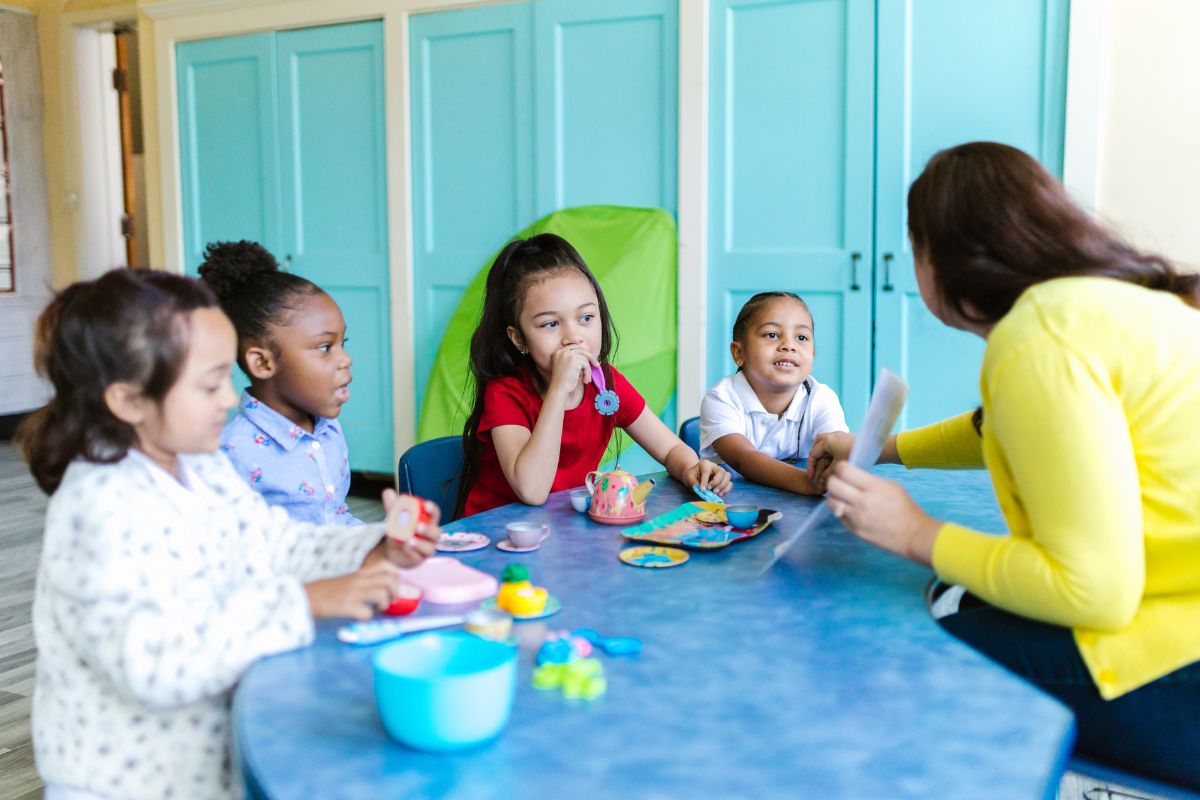Fitted furniture design technician

Reference Number: ST0654
Details of standard
Occupation summary
This occupation is found in the Furniture, Furnishings and Interiors industry. Consumer expenditure on furniture and furnishings in 2016 reached £16.7 billion. In addition to this there is an unquantified value of product entering the contract and office markets.
The broad purpose of the occupation is to create initial ideas, design concepts and plans for fitted furniture interiors and create technical drawings by hand or computer.
Fitted Furniture Design Technician’s work with customers to create their perfect design for their chosen interior. They provide innovative and creative solutions that meet the needs of their client, taking account of the use and location of the product. This includes fitted kitchens, bedrooms, bathrooms, car interiors, boats and ships. In addition, they are often required to work on bespoke one-off commercial developments such as, restaurants, hotels, bars, offices, leisure and health centre projects.
Fitted Furniture Design Technician’s create fitted furniture designs using their knowledge of industry specific legislation and understanding of products and materials for interiors. They manage the project from inception through to completion. In their daily work, an employee in this occupation interacts with a range of people including managers, sales colleagues, customers, installers and suppliers.
Fitted Furniture Design Technicians can work in a range of environments from small businesses to large retail organisations.
An employee in this occupation will be responsible for liaising directly with customers and the installation and supply teams. They will be required to manage the project from design through to installation. They usually report to a supervisor or manager and are not usually responsible for staff.
Typical job titles
Typical job titles include Fitted Furniture Design Technician, Design Technician, Furniture Design Technician’s Design/Sales Consultant, CAD Advisor, Showroom Sales Consultant and Showroom Designer, Kitchen Designer, Fitted Bedroom Designer, Bathroom Designer, Planning Assistant, Interior Designer.
Occupation duties
Duty |
Criteria for measuring performance |
KSBs |
|
Duty 1 work safely at all times following relevant legislation and regulations and ensuring the safety of self and others |
comply with relevant legislation and regulations |
K1 S1 B1 |
|
Duty 2 plan, organise and manage furniture design and/or installation projects from conception to completion |
delivered in line with agreed timescale/cost/industry standards |
K2, K3 S2, S3 B2, B3 |
|
Duty 3 create suitable fitted furniture designs and concepts for furniture to be installed meeting customer requirements |
delivered in line with customer expectations/specifications |
K4, K5, K6, K2, K7, K8, K9, K10 S4, S5, S6, S7 B4, B5, B6 |
|
Duty 4 present fitted furniture designs to customers in order to get buy-in and agree next stages |
communicated clearly and succinctly |
K11, K12 S8, S9 B7, B8, B5 |
|
Duty 5 survey locations accurately in order to produce suitable designs for furniture to be installed |
delivered in line with customer expectations/specifications accurate |
K13, K14, K15 S10, S11, S12 B4, B5 |
|
Duty 6 provide accurate quotes to customers, cost and price fitted furniture concept designs using quoting software systems in order to secure sales |
accurate communicated clearly and succinctly |
K16, K17 S13 B4 |
|
Duty 7 maintain fitted furniture retail showrooms in good condition in order to gain customers interest in products and services |
Maintain showroom to company standards. |
K18, K19 S14 B4 |
|
Duty 8 deliver on fitted furniture sales targets and enhance opportunities for further income growth. |
delivered in line with agreed targets |
K20, K21 S15 B9, B10 |
|
Duty 9 provide an effective fitted furniture after-sales service to customers to maintain and enhance business reputation and secure repeat business |
delivers effective after-sales service to customers. |
K22, K23, K24 S16, S17 B5 |
|
Duty 10 develop and maintain effective working relationships with colleagues, customers and other relevant stakeholders |
delivered in line with customer expectations/specifications |
K25, K26, K27 S18, S19 B5, B11, B12 |
|
Duty 11 deliver excellent customer service, realise and maintain customer expectations when working in a fitted furniture design environment |
delivered in line with customer expectations/company standards |
K28, K29 S20, S21 B13, B14, B5, B11 |
KSBs
Knowledge
K1 health, safety and environmental management and risk assessment for example Control Of Substances Hazardous to Health (COSHH), Provision and Use of Work Equipment Regulations (PUWER), Health And Safety At Work Act (HASAWA), Reporting of Injuries, Diseases and Dangerous Occurrences Regulations (RIDDOR) and manual handling
K2 Codes of Practice, industry standards and legislation affecting fitted furniture design for example The Construction (Design Management) Regulations 2015 (CDM) or The Building Regulations Part F (England & Wales)
K3 basic project management including principles and techniques of good project management
K4 how to create and scale fitted furniture designs
K5 sustainability and protecting the environment in design for example Furniture Industry Sustainability Programme
K6 fitted furniture design trends, technological developments, new markets and innovation
K7 ergonomics and anthropometrics in fitted furniture, particularly relating to the ageing population
K8 third party products such as appliances (ovens, fridges, etc.), worktops and lighting
K9 fitted furniture products and installation methods including services
K10 domestic fitted furniture designs, such as kitchens, bedrooms or bathrooms
K11 presentation techniques for example voice tone, positive body language and use of visuals to enhance messages
K12 how to communicate fitted furniture design proposals visually and in writing to customers and communication methods and how to use them effectively to reach agreement
K13 how to survey locations for fitted furniture installations for example measurement of the installation space and confirmation that products supplied are fit-for-purpose
K14 symbols, shading, hatching, abbreviations conventions used by the organisation within specifications to convey information on components and materials
K15 the importance of accurate, unambiguous detailing and recording and ways of recording types of structural components to enable placement of the furniture components
K16 pricing of relevant fitted furniture products and services
K17 how to provide quotes to customers and the records that need to be kept
K18 how the layout and appearance of the fitted furniture showroom influences sales
K19 acceptable standards for the condition of the fitted furniture showroom
K20 effective sales and closing techniques to maximise sales
K21 products and services available to customers
K22 effective fitted furniture after-sales support programmes for example the importance of this
K23 how sales support and customer care and service, can add value to customer relationships
K24 techniques for addressing customer queries and problems, including how to manage difficult individuals
K25 equality and diversity and how this applies in the workplace
K26 why it is important to develop good working relationships with colleagues and customers
K27 effective communication skills and techniques including verbal, written and physical non-verbal
K28 deliver excellent customer service, realise and maintain customer expectations when working in a fitted furniture design environment
K29 how to realise and manage customer expectations for example statutory rights and responsibilities, consumer rights, lead times, after sales support
Skills
S1 work safely at all times, completing health and safety records and reports
S2 plan, organise and manage furniture design and/or installation projects
S3 maintain fitted furniture sales, design and installation records required
S4 record any measurements of components, sub-assemblies, products, models, equipment, layouts or facilities for example kitchen units, wardrobes, desking
S5 create suitable fitted furniture designs and concepts for furniture to be installed at relevant domestic or commercial premises
S6 create fitted furniture designs using scale drawings or CAD (computer aided design)
S7 select appropriate material options, products and components for the fitted furniture designs to meet customer requirements
S8 present fitted furniture designs to customers for example kitchens, bedrooms or bathrooms
S9 produce visuals that clearly demonstrate how fitted furniture designs meets the strength, aesthetics, cost and other relevant requirements of the customer brief
S10 survey locations accurately for fitted furniture installation and designs including taking measurements and other relevant data of locations
S11 produce representational images which records appropriate and accurate measurements of locations for the placement of furniture components
S12 determine and record site conditions for example location and identification of the existing utilities and services
S13 use quoting software systems to cost and price fitted furniture designs and provide and manage quotes to customers
S14 maintain the fitted furniture showrooms to acceptable standards and mirror relevant design trends
S15 deliver on sales targets and enhance opportunities for further growth for examples agree next stage by listening to the customer’s requirements and vision
S16 establish and maintain communications with relevant customers for example ongoing customer service and care provided
S17 check fitted furniture products and services are prepared, delivered and installed to customers satisfaction
S18 develop and maintain effective working relationships
S19 apply effective communication techniques at all levels including written and verbal communication skills
S20 deliver excellent customer service for example going beyond what the customer expects
S21 realise and maintain customer expectations
Behaviours
B1 have a safety-first attitude, ensuring the safety of self and others as appropriate
B2 takes personal responsibility for meeting objectives of the team and business
B3 shows integrity, aims for excellence and manages time effectively
B4 thorough and accurate when accomplishing fitted furniture design tasks
B5 is friendly and approachable in a fitted furniture design environment
B6 demonstrates creative thinking when creating designs and concepts
B7 demonstrate a positive work ethic and can-do attitude showing initiative and self-motivation
B8 demonstrates professional standards of behaviours and positive personality, to dress appropriately and be aware of personal presentation
B9 shows ambition, drive and is self-motivated
B10 proactively seek ways of engaging customers to increase and enhance sales
B11 be clear and coherent to effectively communicate accurate and complex information professionally and confidently to a diverse audience, in line with business expectations
B12 sets an example to others, is fair, consistent and reliable
B13 is customer focused – demonstrates behaviour that puts the customer first
B14 demonstrates a commitment to delivering quality in the workplace.
Qualifications
English and Maths qualifications
Apprentices without level 2 English and maths will need to achieve this level prior to taking the End-Point Assessment. For those with an education, health and care plan or a legacy statement, the apprenticeship’s English and maths minimum requirement is Entry Level 3. A British Sign Language (BSL) qualification is an alternative to the English qualification for those whose primary language is BSL.
Additional details
Occupational Level: 3
Duration (months): 18
Review
This standard will be reviewed after three years.
Crown copyright © 2019. You may re-use this information (not including logos) free of charge in any format or medium, under the terms of the Open Government Licence. Visit www.nationalarchives.gov.uk/doc/open-government-licence












Responses